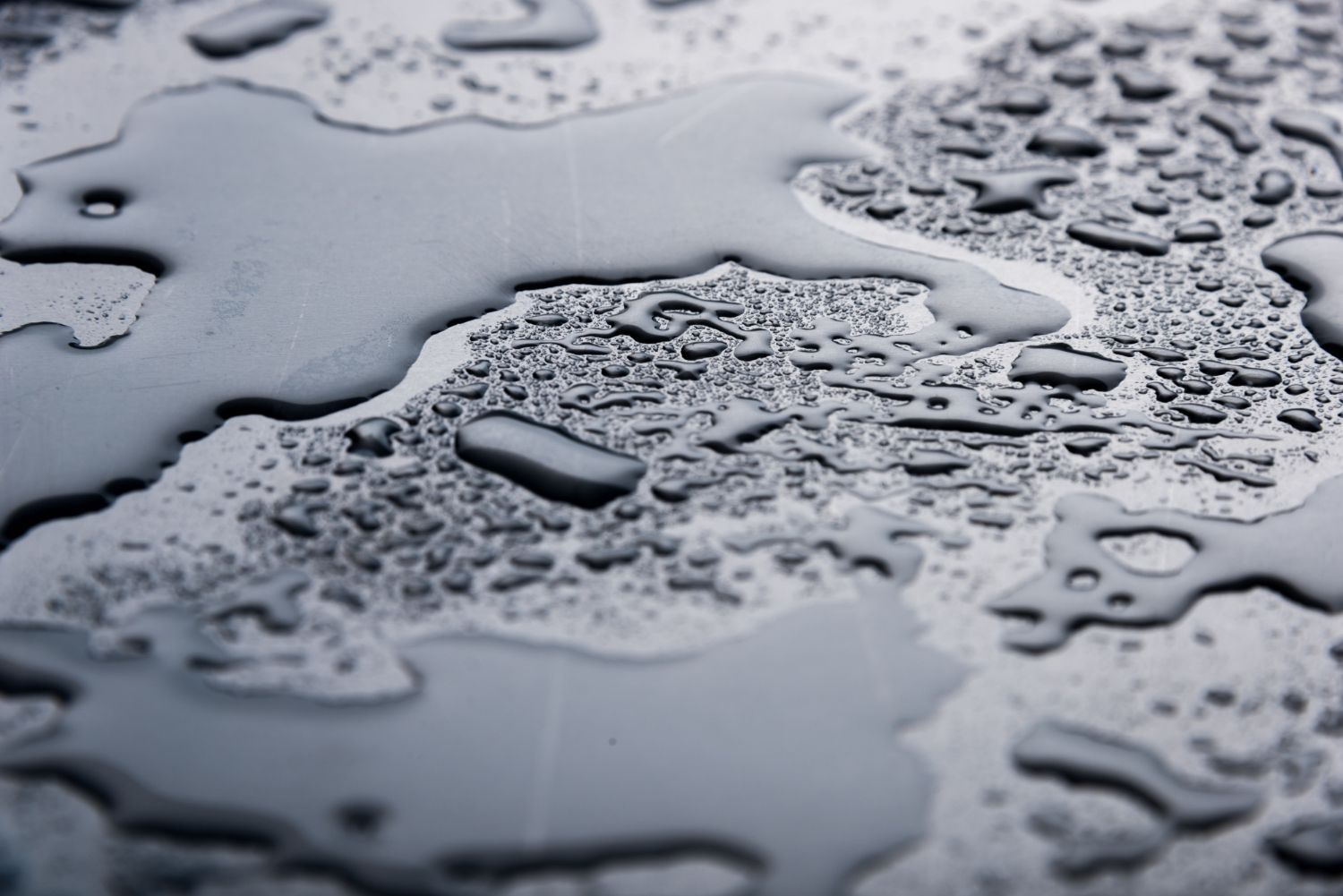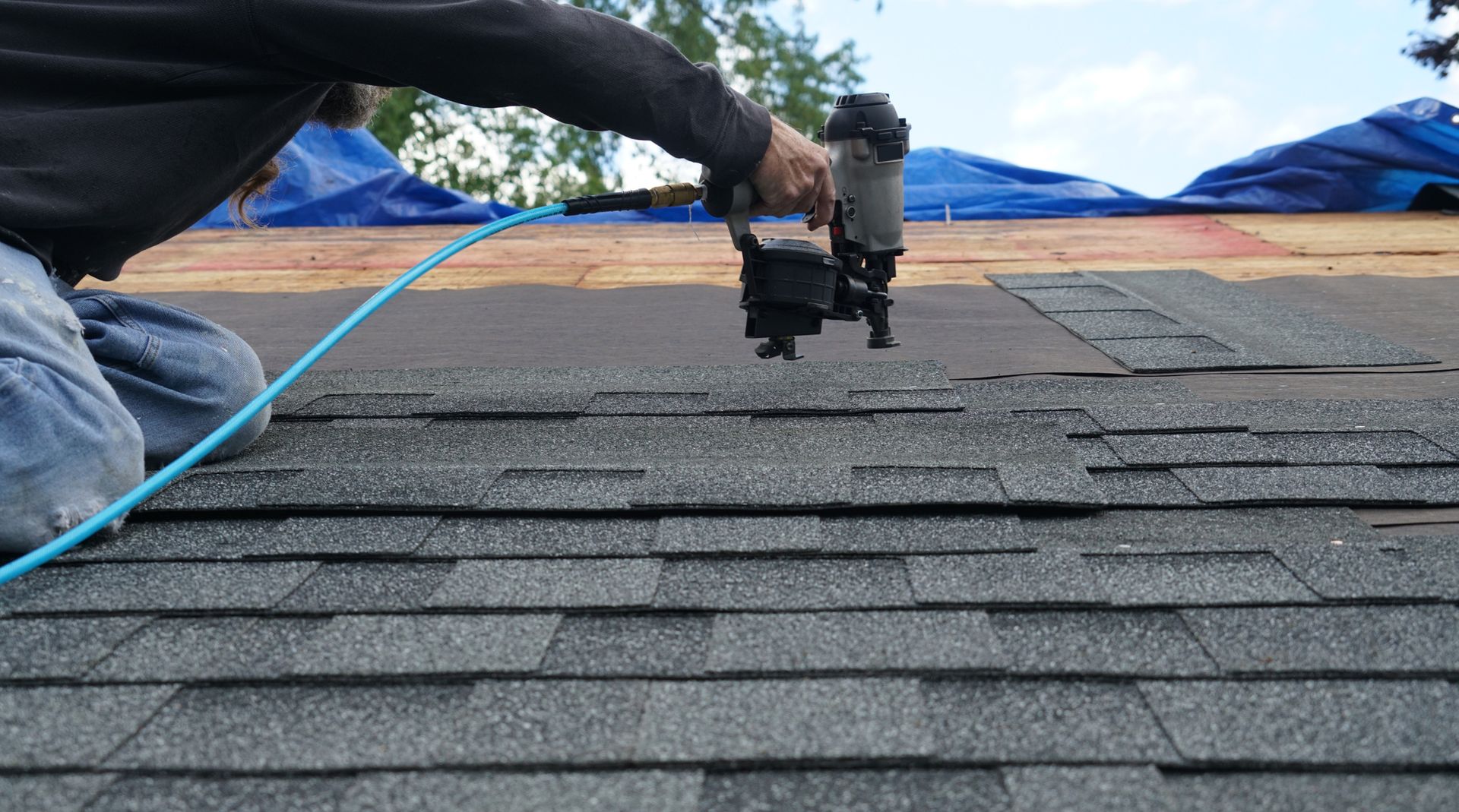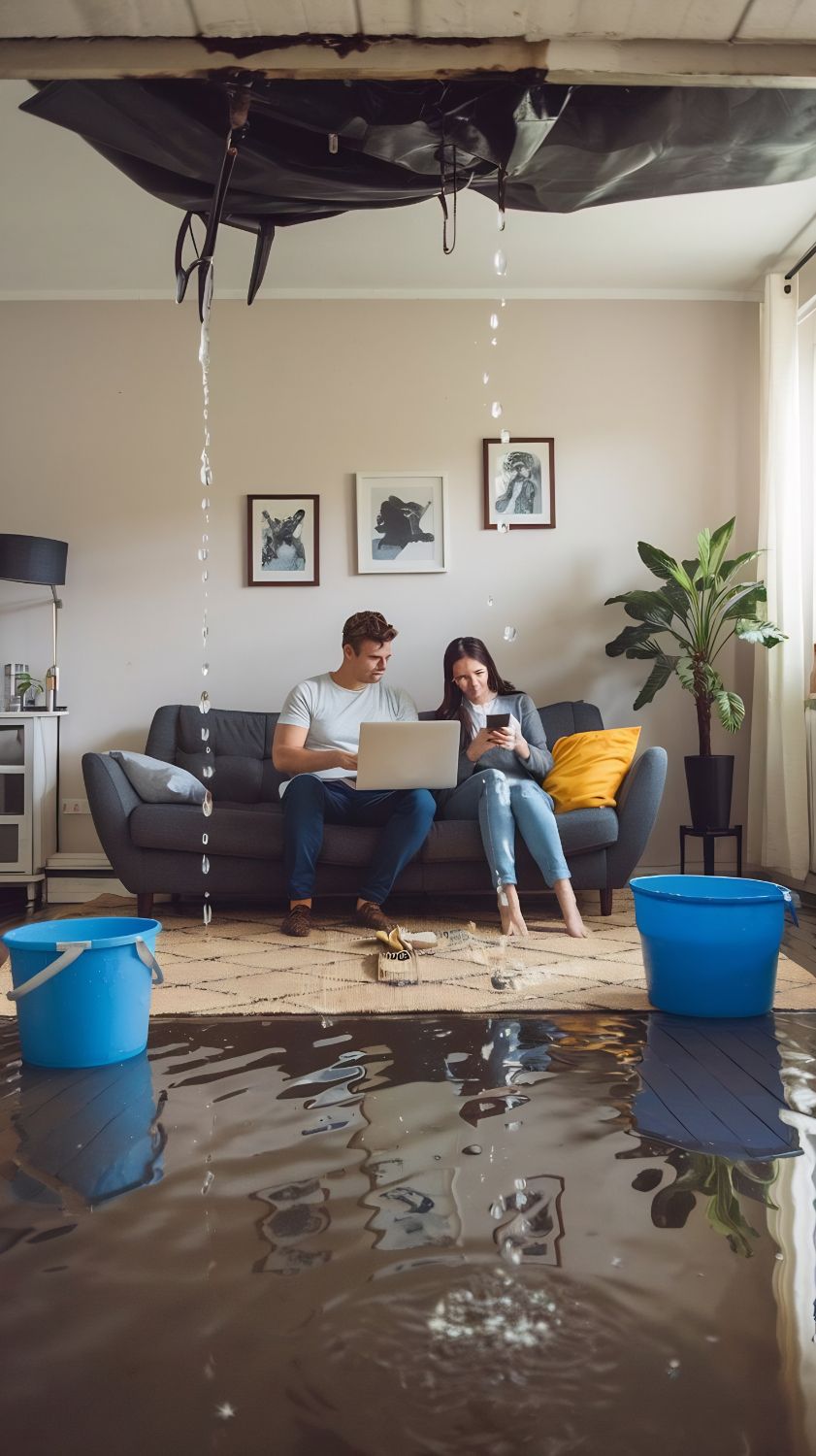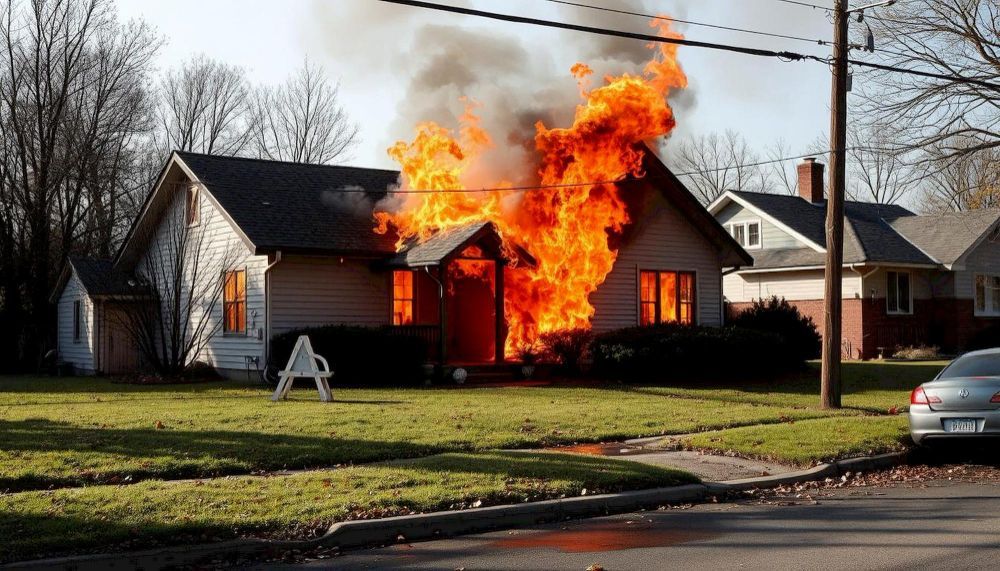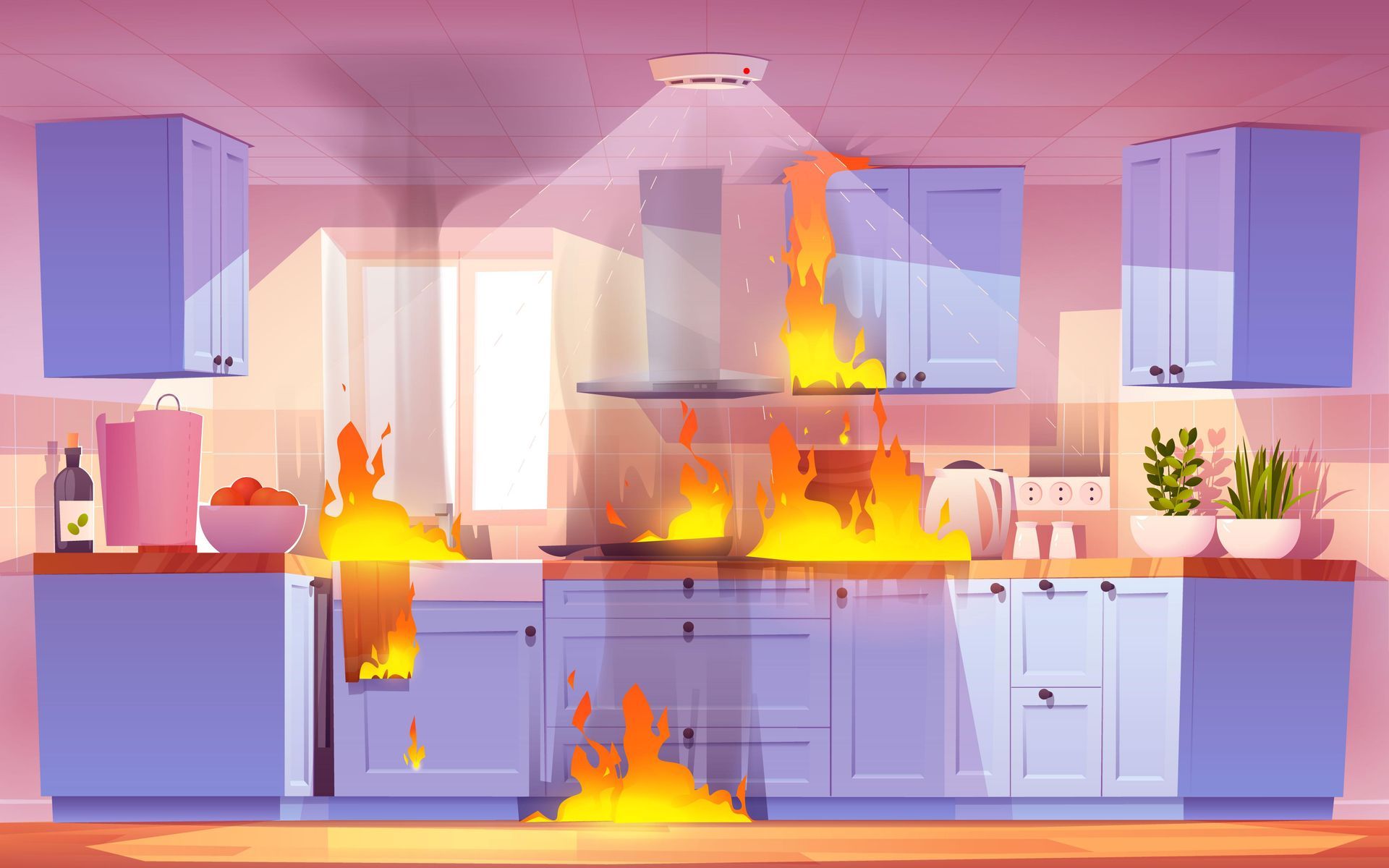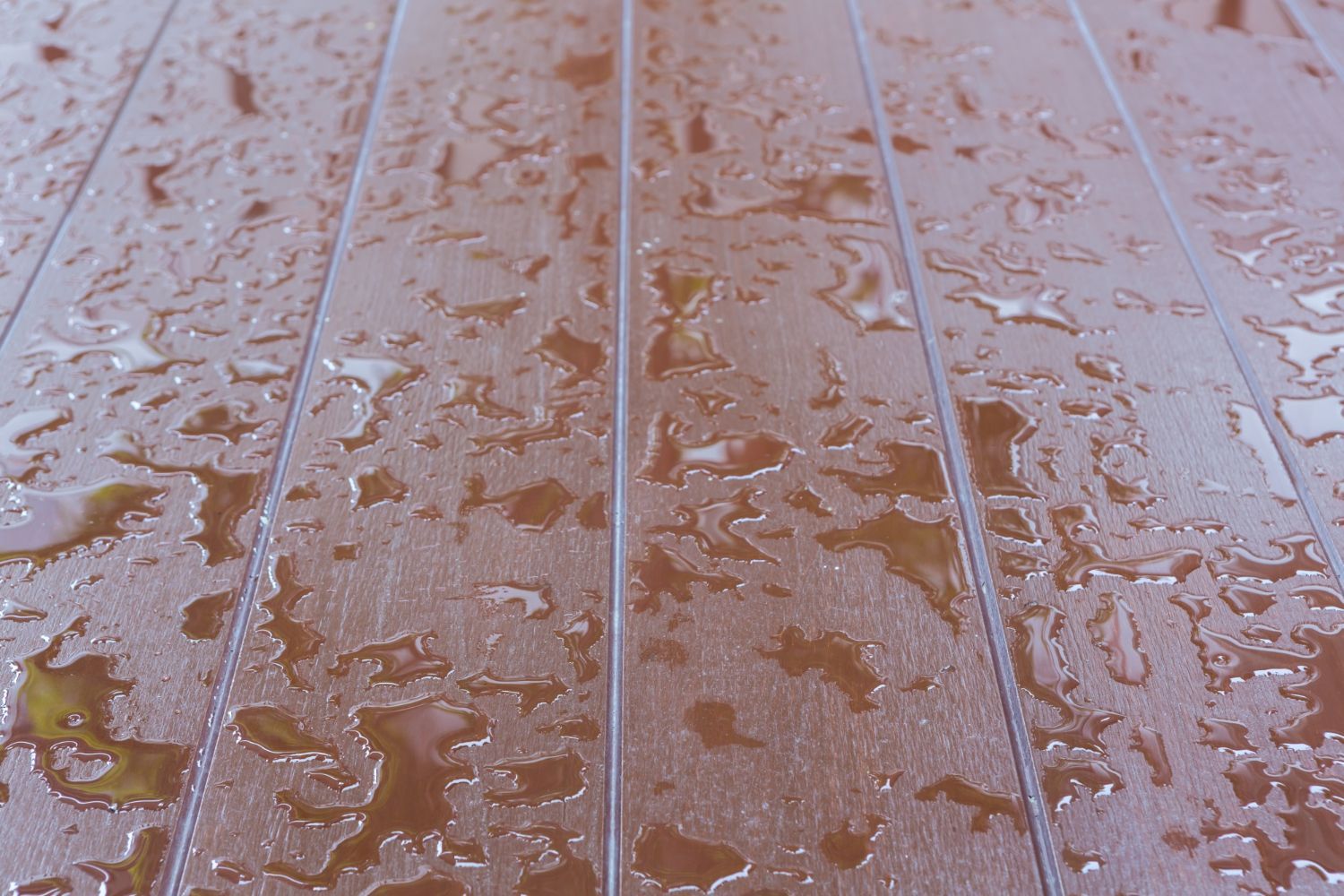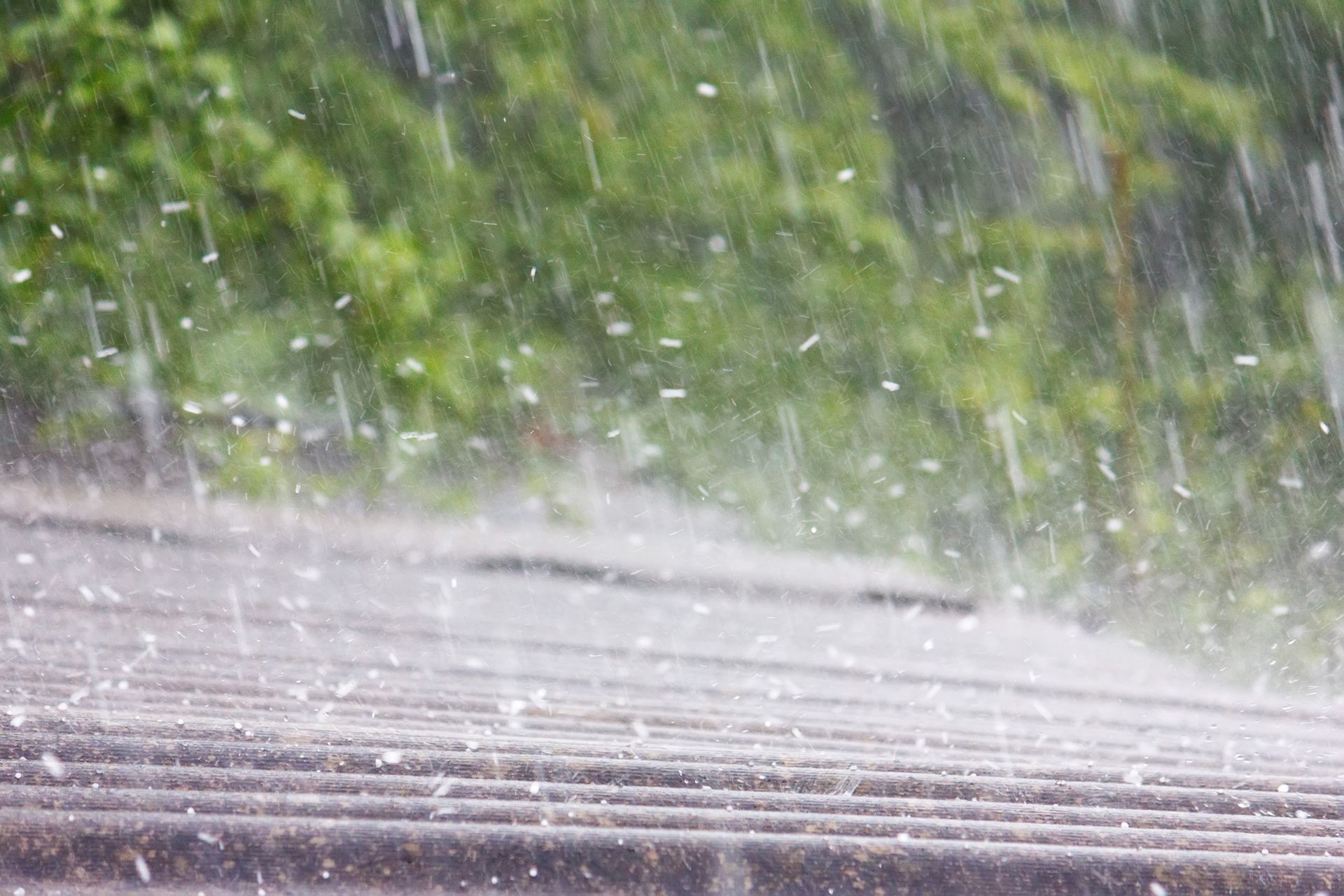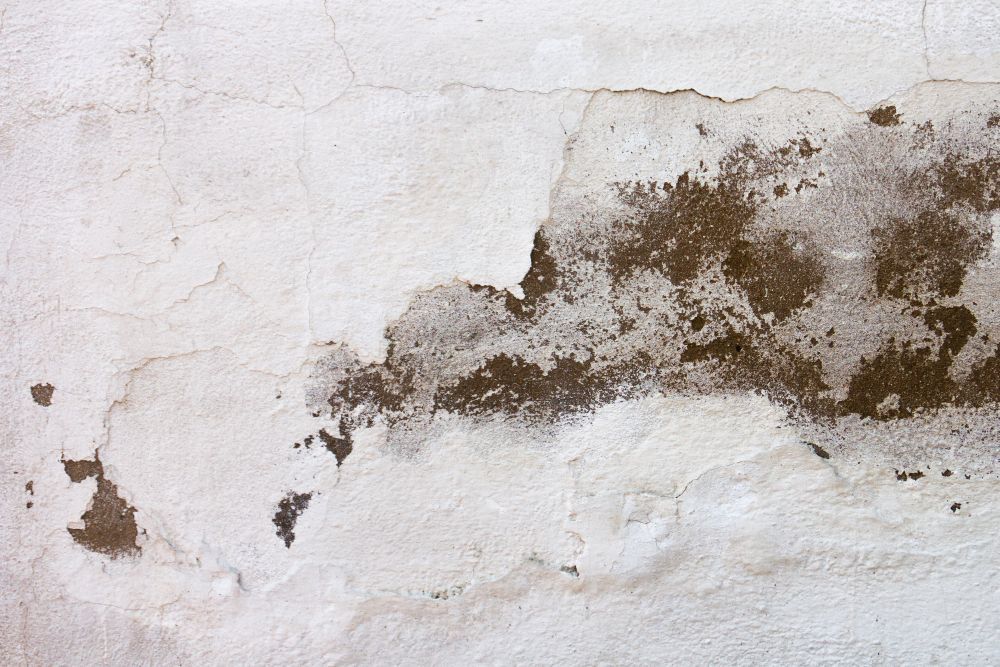Handling rainwater that enters through windows
Handling rainwater that enters through windows- Naples, FL
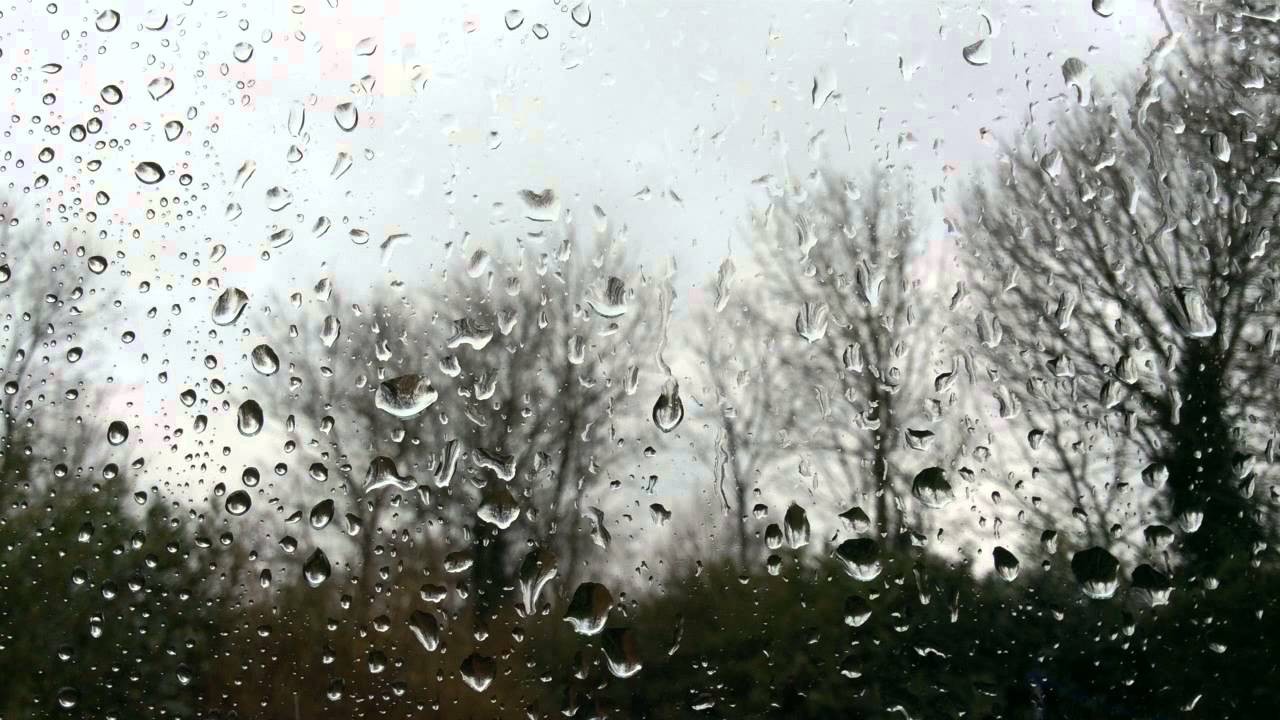
The last thing you want is rainwater entering your home when it's raining outside. This common issue can arise in any house when water seeps into the windows and doors, which can occur due to fractured windowpanes, inadequate weatherstripping, and a variety of other issues.
Window leaks must be detected and treated as soon as feasible. This is because they frequently promote rot and mold growth, which can spread to other areas of your home and constitute a health concern if not addressed promptly. Responding to an active window leak could happen at any time of day or night. This post was created to help you understand the most common causes of window leaks, what they mean, and what you should do if you see one in your home.
What Causes Window Leaks
Many customers are unaware that their window leaks could be caused by something other than bad weather. Rainstorms that cause window leaks are frequently the result of incorrect replacement window installation or poor construction. The top five causes of leaking windows are as follows:
- Broken Window Seal- Window seals may deteriorate over time. While broken caulking and worn-out or flattened weatherstripping are the most common causes of this deterioration, cracked caulking or failing weatherstripping can also cause water leaks and heat loss. Rainwater can enter your home through damaged seals and cause damage.
- Poor Design- Specialty-shaped windows, bay and bow windows, and soaring windows are just a few examples of window types. Each of these categories has distinct advantages and disadvantages in terms of beauty and utility. However, suitable installation is essential to avoid water intrusion for these types of windows to function correctly. Unfortunately, proper installation is often easier said than done, leaving many homes with specialty windows that leak during rainstorms.
- Poor Installation of Flashings- Leaks near the top of your window frame could be caused by improperly installed flashings. The material flashing links the outside wall to the top of a window or door aperture. Its purpose is to keep water from entering the wall and inflicting damage. Water may seep through any cracks in the flashing surface and produce a leak. To circumvent this problem, use stretchable flashing as a single continuous piece as opposed to patches, which will result in weak spots. The use of the correct material provides excellent water protection and reduces the risk of leaks.
- Worn Glass Seal- Condensation between glass panes is common in multi-glazed and double-glazed windows, and it indicates that the seal on the glass unit has failed. Water can gather between the glazing panes and form puddles on the sill as a result of broken seals, increasing the chance of precipitation leaks. The easiest solution to prevent such leaks is to replace the glass modules or the entire windows.
What Should You Do If Your Home Has a Window Leak?
Window leaks are inconvenient, but they don't have to be permanent. Fortunately, there are a variety of simple water mitigation measures available to assist you in stopping active rain leaks and preventing future breaches.
- Weatherstrips- Weatherstripping is a low-cost, quick, and easy way to seal water leaks and stop drafts. Unlike caulk, which takes 24 hours to dry, self-adhesive strips can be applied and ready in minutes. Weatherstrips are perfect for use on interiors because they do not interfere with the view through the window.
- Replace caulk- Inadequate or decaying caulk is a common cause of leaking windows. To repair leaks at windowsills or bottoms, apply a silicone sealant to caulk all the edges in the area, then cover any remaining gaps with weather stripping material. If any of the current caulk is damaged, use a putty knife or utility knife to remove it and replace it with new caulk.
- Foam sealants- For increased control and convenience, foam sealants are applied with a foam cannon. Because they expand after application, foam sealants are ideal for sealing large apertures or gaps in window frames or jambs. Any excess foam can be removed with a knife or peeler once it has completely dried.
- Window snakes- To stop a window from leaking, use a snake. Window snakes are long tubes that are filled with an absorbent or insulating material that can be used to sweep up excess water at the bottom of a leaking window. Simply place your window snake where water is leaking in or on your windowsill, and the moisture will be absorbed by the substance inside.
- Rain chains- Investing in rain chains is another good way to prevent future water leaks. Rain chains collect and guide rainfall from your home's roof and eaves away from the foundation. Rain chains, in addition to being great water mitigation strategies, are available in several styles and are ideal for beautifying your outside.
In regions where heavy rain falls regularly, window leaks are usually unavoidable. After you've stopped the leak, it's a good idea to get the help of a water damage restoration professional to handle the rest. Restoration 1 of South West Florida's crew will be able to test for hidden indicators of water damage and install preventative devices to prevent similar leaks from occurring in the future.


